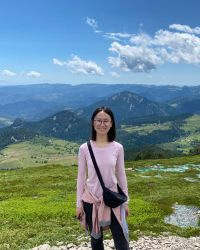How Fast, How Deep and How Much? Understanding Groundwater Hydrology with Passive Seismic Interferometry
Presenter
Shujuan Mao
Assistant Professor
Department of Earth and Space Sciences
Jackson School of Geosciences
The University of Texas at Austin
Description
With climate change and population growth, humanity faces two critical global challenges: water security and the transition to clean energy. Tackling these issues requires affordable, high-resolution monitoring of fluid systems hidden in the Earth's shallow subsurface, such as groundwater and geothermal reservoirs. In this seminar, I will introduce a novel, cost-effective method for aquifer monitoring using passive seismic interferometry. The promise of this approach will be demonstrated through case studies of aquifers across Greater Los Angeles. I will validate the effectiveness and unique advantages of seismic sensing by comparing it with hydraulic head, remote sensing, and hydrological simulations. I will then explore how this seismic method offers new insights into depth-dependent changes in aquifer storage over an event to decadal timescales with high spatial resolution. These pilot applications highlight the potential of leveraging seismic instruments worldwide to quantitatively assess the response of shallow fluid systems to weather extremes and anthropogenic activities.
